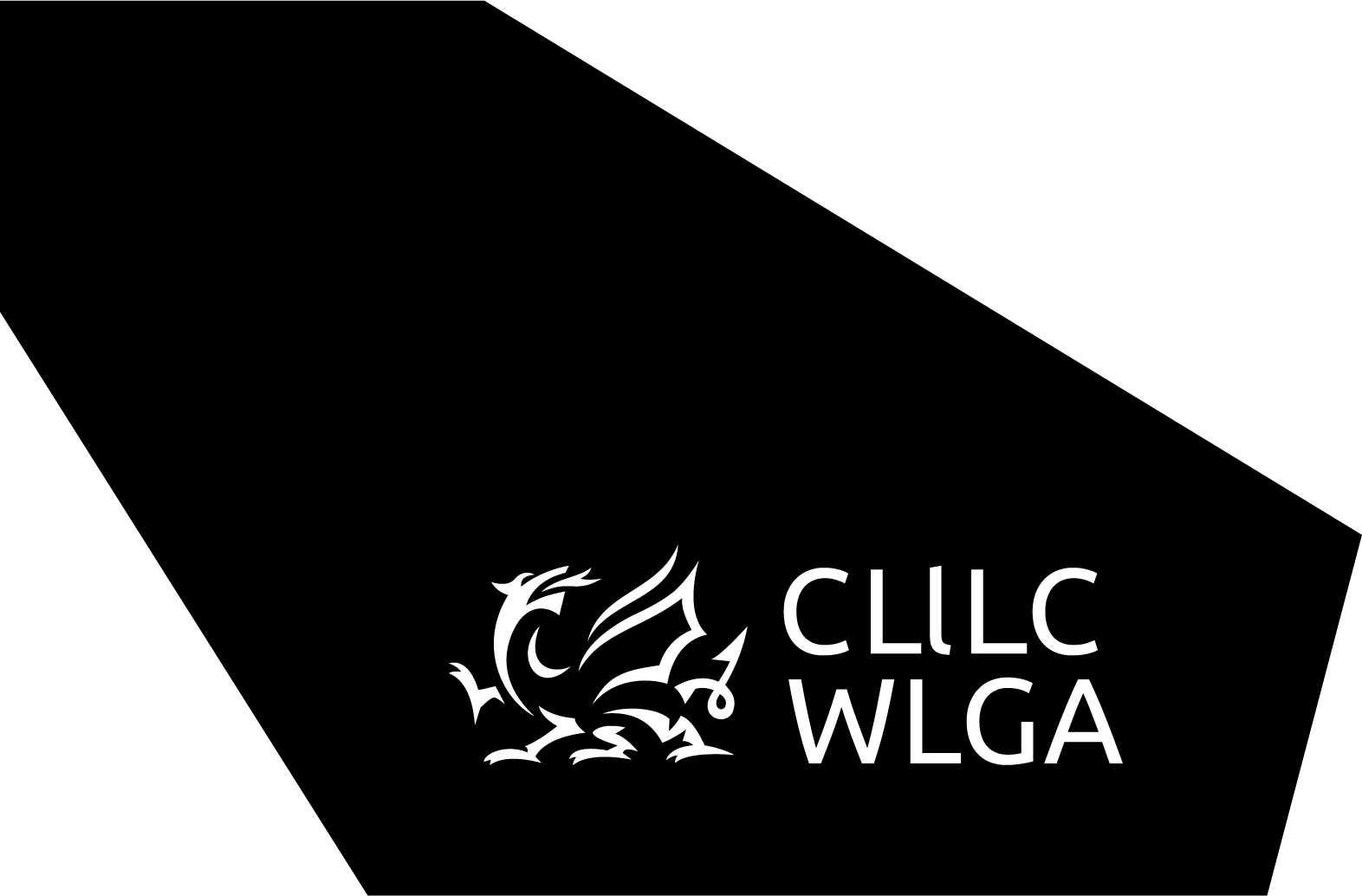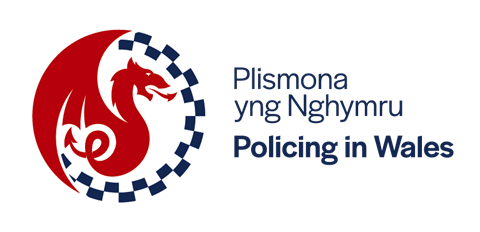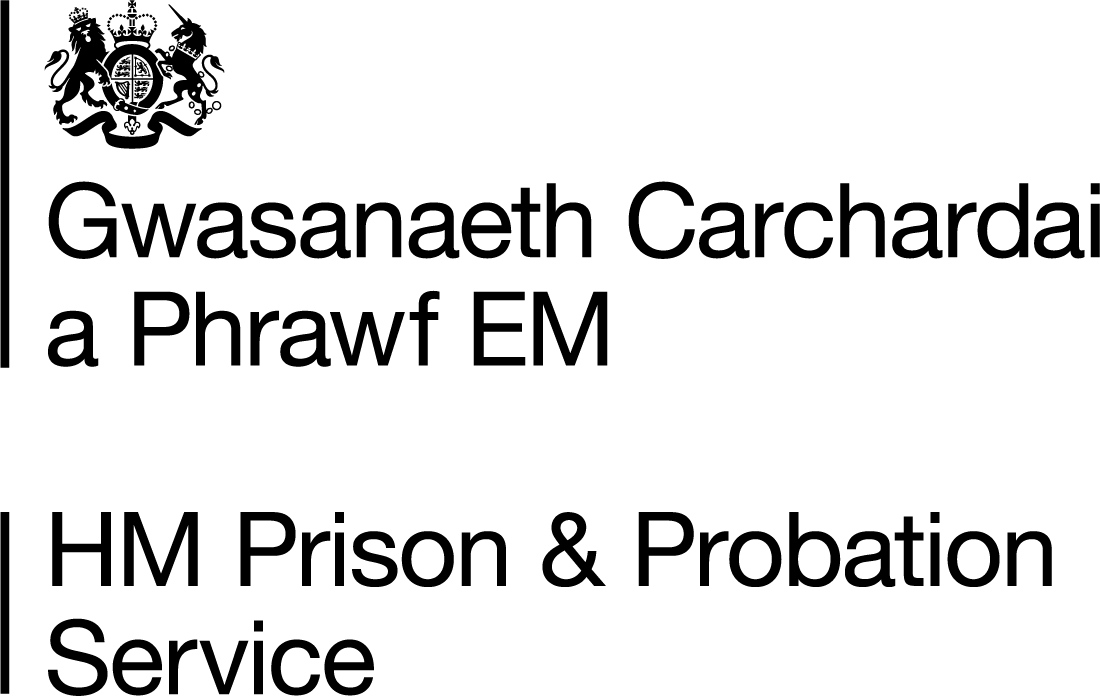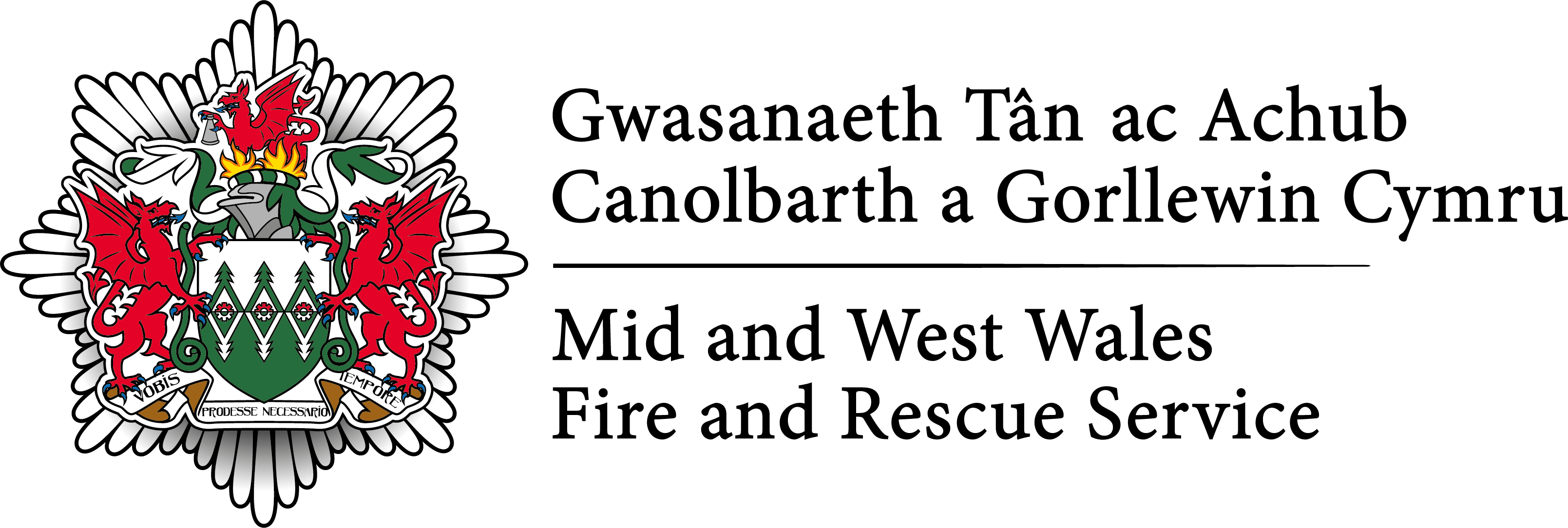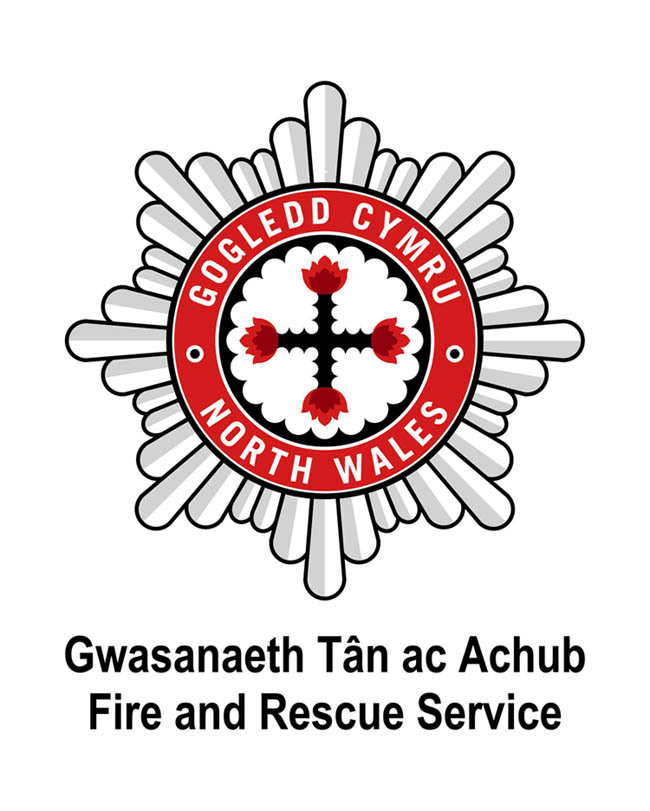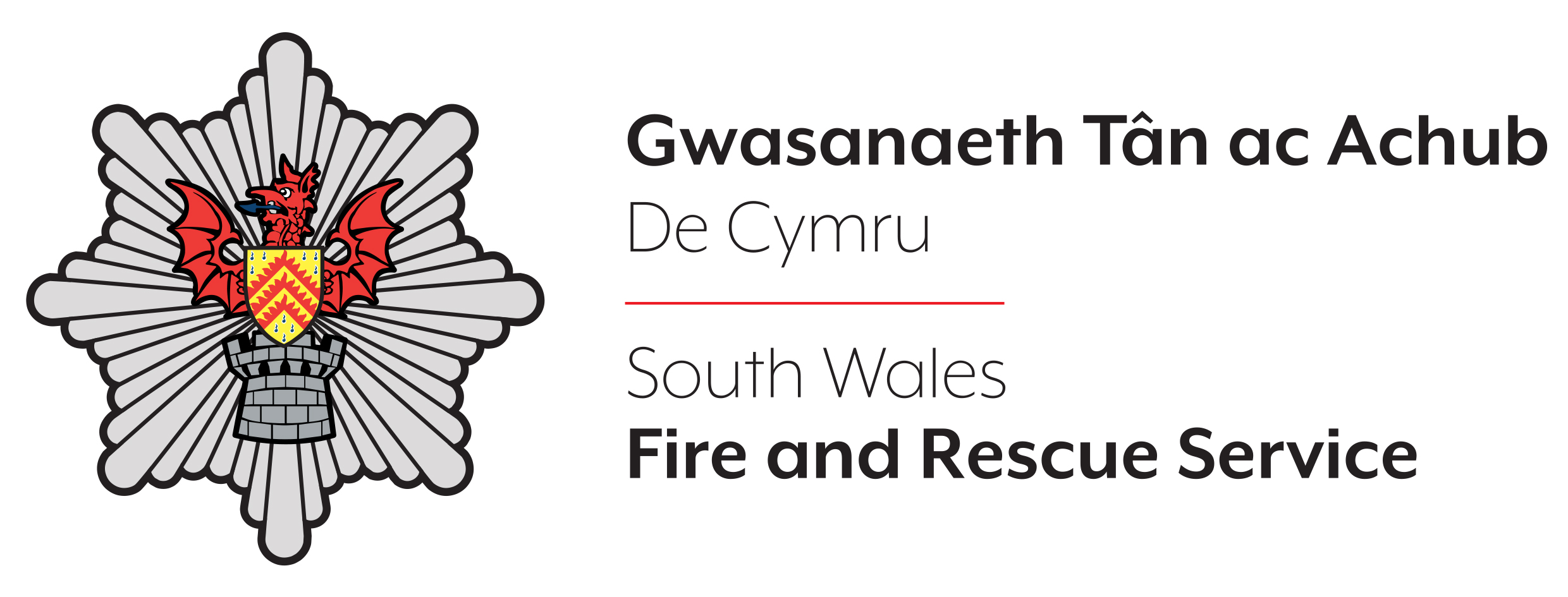- Modern Slavery Act 2015 sets out the offences of slavery, servitude and forced compulsory labour in section 1, and human trafficking in section 2. Section 45 states the circumstances in which a person is not guilty of offence which includes “the person does that act as a direct consequence of the person being, or having been a victim of slavery or a victim of relevant exploitation…”. The Act provides the legislative framework to enable the effective prosecution and conviction of perpetrators of modern slavery (including criminal exploitation).
- Serious Crime Act 2015 provides the legal offence of participating in the activities of an organised crime group and the preventative Serious Crime Prevention Orders, as well as strengthening on cyber-crime, gang injunctions and other measures to disrupt and halt crime. The Act also amended the statutory definition of what comprises a gang – consists of at least three people and can be identified by others as a group.
- Criminal Finances Act 2017 provides powers to tackle money laundering, corruption and recover the proceeds of crime.
- Misuse of Drugs Act 1971 covers a range of offences including possession, supply and production.
- Prevention of Crime Act 1953 and the Criminal Justice Act 1998 may be appropriate for County Lines and other gangs as they provide offences involving offensive weapons.
- Firearms Act 1968 covers the offence concerning firearms, shotguns and other weapons, their components and ammunition.
- Offences against the Person Act 1861 covers offences such as common assault and attempted murder.
- Policing and Crime Act 2009 provides provisions for injunctions to prevent gang-related violence and drug dealing activity against an individual
- Crime and Disorder Act 1998 Statutory bodies have a statutory. responsibility to do all they reasonably can to prevent crime and disorder in their area and share information to protect communities from serious and organised crime.
- Children’s Act 1989 and 2004 outlines the Statutory requirement for working with children and families to ensure there is co-ordinated approach to safeguarding.
- Trafficking People for Exploitation Regulations 2013 protects those trafficked from criminal exploitations and puts in measures to protect victims.
- Anti-Social Behaviour, Crime and Policing Act 2014 provides a range of measures that may be linked to gang behaviour and Criminal Behaviour Orders.
- Digital Economy Act 2017 introduced the Drug Dealing Telecommunication Restriction Orders regulations, which compel mobile network operators to close down mobile phone lines and/or handsets used in drug dealing.
- Social Services and Wellbeing (Wales) Act 2014 sets out the statutory duty to safeguard children at risk. The Wales Safeguarding Procedures provide additional information in regard to this.
- Directory
- Topics
- All Topics
- Anti-Social Behaviour & Disorder
- Crime & Crime Prevention
- Equalities, Inclusion & Cohesion
- Modern Slavery & Exploitation
- Offending & Justice
- Public Safety
- Safeguarding & Early Intervention
- Serious Violence & Organised Crime
- Terrorism & Extremism
- Violence Against Women, Domestic Abuse & Sexual Violence
- Latest Updates
- Training
- Media Centre
- Research
- About





